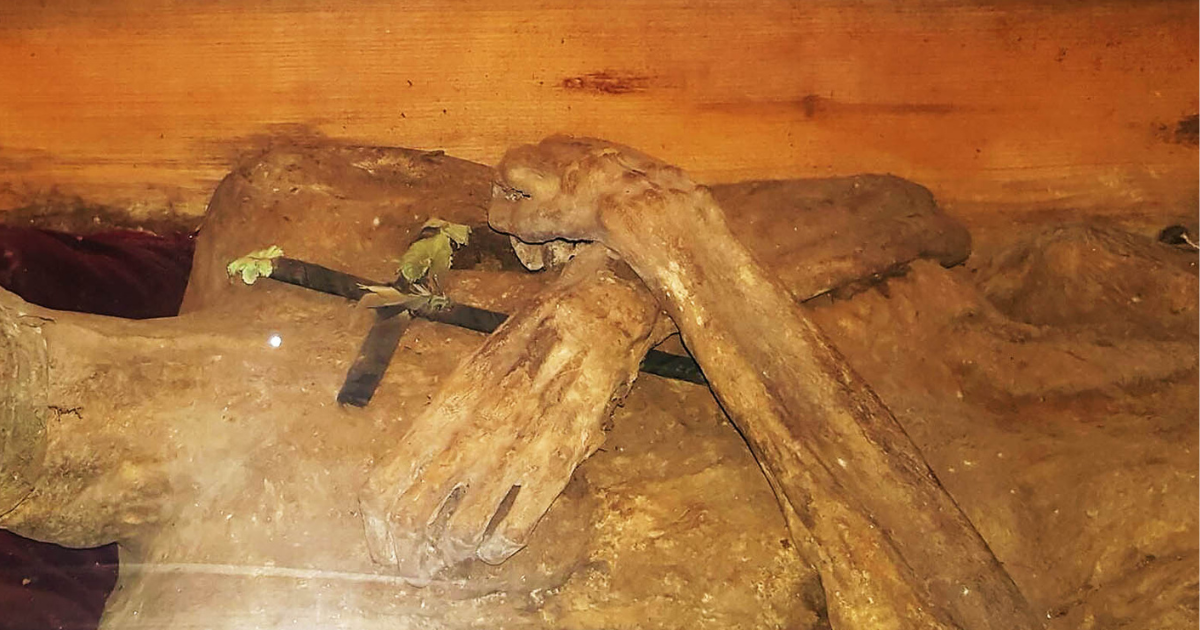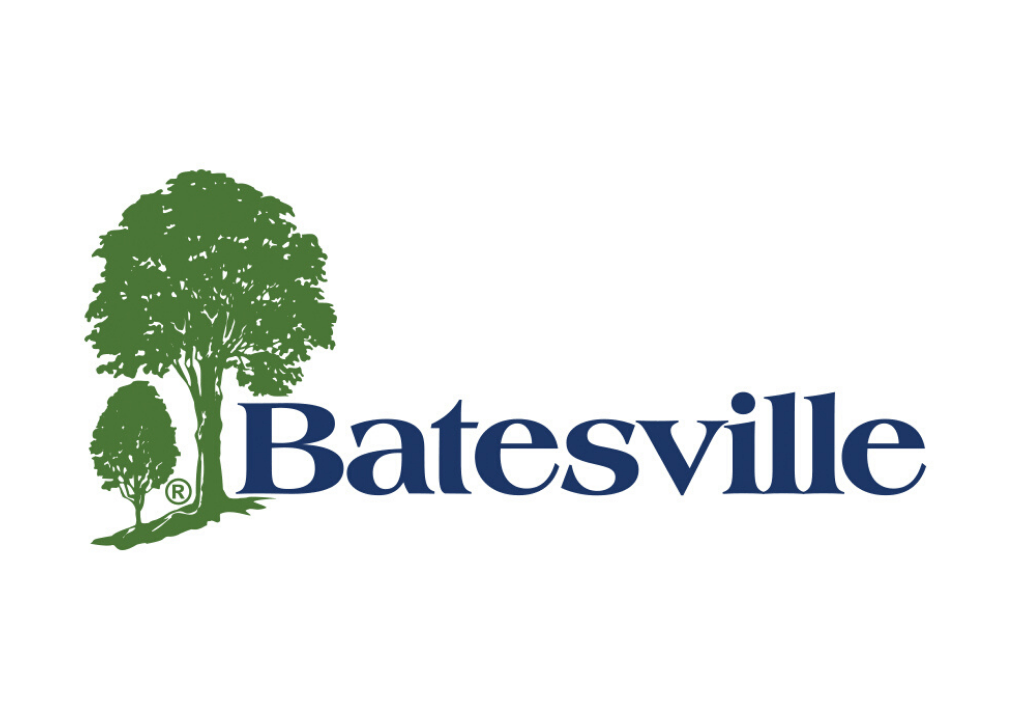Should We Revive This Ancient (but Effective!) Embalming Technique?
In a remarkable discovery that bridges centuries of mortuary science, researchers have unveiled the unique embalming method used on the so-called “air-dried chaplain” of Austria. This revelation not only sheds light on historical preservation techniques but also prompts contemporary funeral directors to reconsider the evolution and potential revival of certain non-invasive and apparently effective embalming practices.
Unveiling the Past: The Air-Dried Chaplain
The mummified remains, long believed to be naturally preserved, were found in the crypt of St. Thomas am Blasenstein Church in Austria. Recent studies led by Dr. Andreas Nerlich from Ludwig Maximilian University of Munich have identified the body as that of Franz Xaver Sidler von Rosenegg, an aristocratic vicar who died in 1746. Contrary to prior assumptions, the preservation was not due to environmental factors but rather a deliberate embalming process.
What sets this case apart is the method employed: the body was embalmed via the rectum, with the abdominal and pelvic cavities filled with absorbent materials such as wood chips, twigs, hemp, silk, and zinc chloride; some of the silk even boasted embroidery). This technique avoided external incisions, making it distinct from traditional practices of the time. CT scans and partial autopsies confirmed the presence of these materials, indicating a sophisticated approach to preservation aimed at minimizing infection risks or facilitating transport.
Historical Context of Embalming Practices
As you well know, embalming has a rich history. In Europe, embalming was initially reserved for royalty and high-ranking clergy, often involving evisceration and the use of aromatic herbs. Over time, the practice became more widespread, with the introduction of chemical preservatives like formaldehyde in the 19th century. However, concerns over the toxicity of formaldehyde have led to the development of alternative methods.
Implications for Modern Funeral Practices
While the air-dried chaplain’s rectal embalming technique is unlikely to be adopted in modern funeral homes, it does highlight the importance of innovation and adaptability in the field. It also serves as a testament to human ingenuity in the face of mortality and a reminder of the ever-evolving nature of deathcare.




